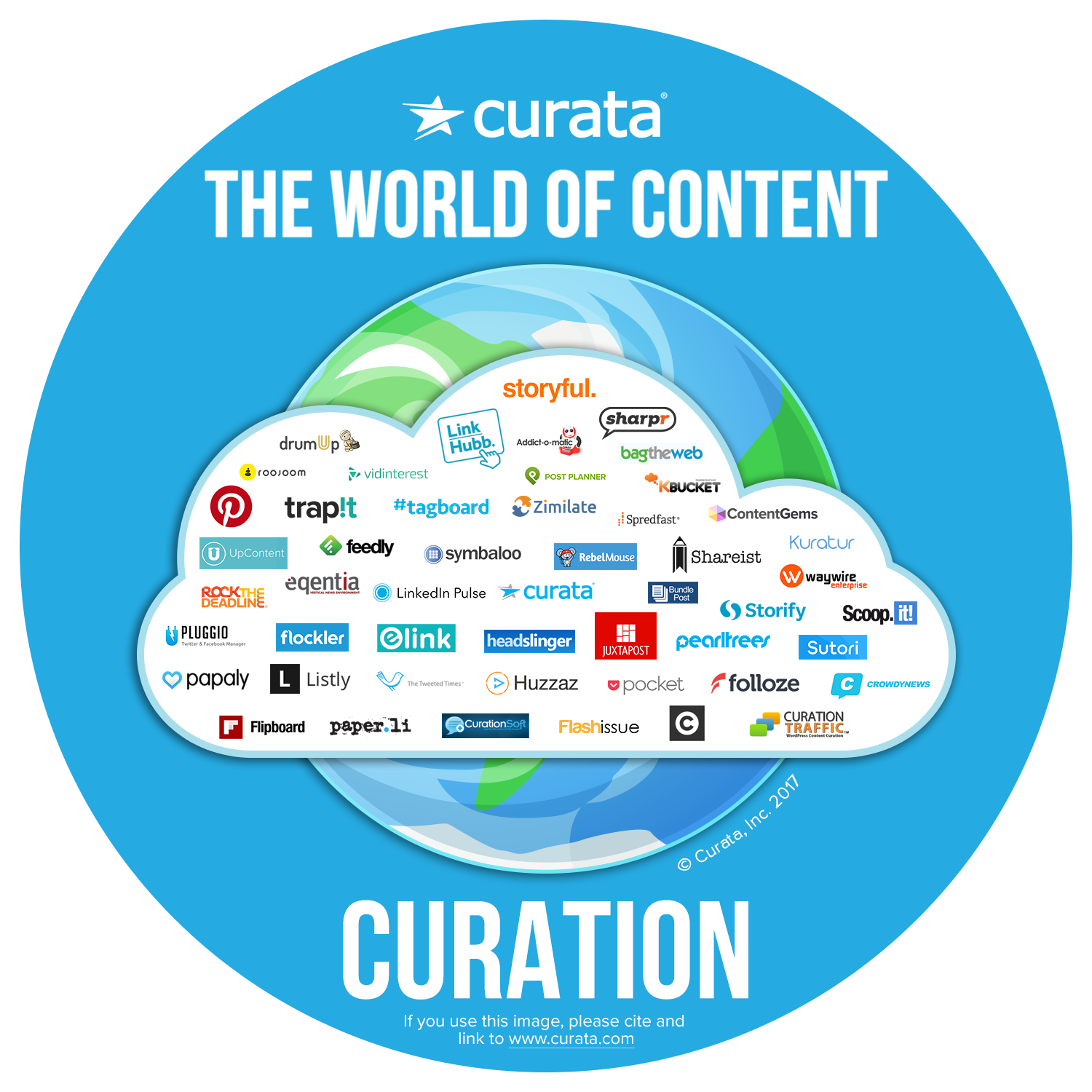- Share How Curation Can Help You Execute on Your Best Ideas on Facebook
- Share How Curation Can Help You Execute on Your Best Ideas on Twitter
- Share How Curation Can Help You Execute on Your Best Ideas on Linkedin
- Share How Curation Can Help You Execute on Your Best Ideas via email
I once spent a week speaking at three different conferences that focused on one of the favorite themes of events around the world: how to have great ideas.
Often it seems that there are only two things the world tells you about ideas: you should have more of them and they should be more creative.
We dedicate entire conferences to better ideas and read best-selling books to inspire more of them. Yet over time, the sad truth is that the only thing most of us do better than coming up with ideas is routinely squandering them, with bad or no execution.
Why do we fail to execute well on our best ideas so often? More importantly, what would it take to change that pattern?
The Mini Bottle Gallery
An unexpected clue to answering this question can be found at one of the world’s quirkiest museum destinations nestled in a corner of Oslo, Norway. The brainchild of renowned art collector and billionaire Christian Ringnes, it is called The Mini Bottle Gallery. It boasts the largest collection of mini liquor bottles in the world.

The collection goes far beyond those iconic Dutch house liquor bottles given out by KLM to air travelers for decades. The Mini Bottle Gallery includes everything from macabre bottles with unique objects floating in them to a “room of sin” with bottles collected from the Red Light District in Amsterdam.
What is most interesting about this odd collection is not the bottles themselves. It’s that only a fifth of the entire 50,000 bottle collection is on display at any given time. It is a masterpiece of curation.
Putting every bottle on display at once would be noise. Selecting the best and grouping them into interesting themes is what makes the story the Gallery tells meaningful. Like all great museum destinations, the Gallery uses curation to add meaning to isolated interesting things.
What does a quirky museum and its use of curation have to do with getting better about holding onto and executing on your best ideas?
Curation in the Museum of Your Mind
Imagine if you were the curator of a museum of your own ideas. You have limited physical space to share the very best of them. The way to ensure your best ideas come to life is by integrating them into bigger themes to add meaning.
This is exactly what visionary entrepreneurs and leaders do.
They take disparate ideas from multiple industries and put them together into something unique and valuable for the world. This type of “intersection thinking” requires us all to learn to become better curators of our own ideas.
To learn to do it, here are five habits that can help:
1 Being Curious
We as people are naturally curious. The challenge is to allow yourself to explore your curiosity without it feeling like an ongoing distraction. Noted chef and food pioneer Ferran Adrià was once asked what he likes to have for breakfast. His reply was simple: “I like to eat a different fruit every day of the month.” Imagine if you could do that with ideas. Being more curious means asking questions about why things work the way they do, and embracing unfamiliar situations or topics with a sense of wonder.
2 Being Observant

Famous ex-FBI agent Joe Navarro now teaches people how to read body language. He once wrote, “the problem is that most people spend their lives looking but not truly seeing.” Learning to be more observant isn’t about seeing the big things. It is about training yourself to pay more attention to the little things. Being more observant means training yourself to see the details most others miss. When you learn to do it, what you observe can offer new insights about people, processes, and companies you didn’t know or see before.
3 Being Fickle
Being fickle may seem like a bad thing, but this isn’t always true. We tend to associate it with negative situations where we act inconsistently, or abandon people or ideas too quickly. But there is an upside to learning how to be purposefully fickle. Being fickle means capturing ideas without needing to fully understand or analyze them in that same moment. On the surface, this may seem counterintuitive. After all, when you find a great idea, why wouldn’t you take the time to analyze it and develop a point of view? Yet freeing yourself from this as a necessity can enable you to see and collect more ideas. A key part of becoming an idea curator is learning to save ideas for later digestion.
4 Being Thoughtful
In 2014 after 10 years of writing my personal blog, I decided to stop allowing comments. The reason I stopped was simple. I had noticed a steady decline in the quality of comments. What was once a robust discussion with thoughtfully worded responses had devolved into thumbs-up style comments and spam. Unfortunately, comments had become thoughtless instead of thoughtful. Being thoughtful means taking the time to reflect on a point of view and share it in a considered way. Thanks to anonymous commenting and the ease of sharing knee-jerk responses, thoughtfulness matters more than ever.
5 Being Elegant
We love to read or see elegant solutions. We delight in their ability to help us get the big picture with ease, but they aren’t often simple to develop or write. If you’ve ever sat down with paper or a computer screen and tried to tell a simple story, you know it can be harder than it seems. But we all have the power to simplify our ideas and share them in more elegant ways. Being elegant means developing your ability to describe a concept in a beautiful and simple way for easy understanding.
Curation was once seen as a skill largely confined to the world of art and museums. Today it has grown dramatically. It now encompass everything from the growing use of content as part of marketing, to the increasingly widespread belief that well rounded employees with divergent interests (like Steve Jobs’ famous fascination with calligraphy and fonts) can yield unexpected business benefits.

The most effective brands and leaders today are focusing on becoming active curators of ideas.
Examples Are All Around Us
Pioneering brands like Red Bull and Coca-Cola have created entirely new categories for themselves by using active storytelling to fuel spin-off media businesses. Both Zappos and Disney have started consulting groups to help other brands emulate their approach in their own businesses.
The growing shift toward the collaborative economy is leading businesses into unexpected adjacent spaces. For example, BMW operating its DriveNow program to rent electric vehicles directly to consumers in the US and Germany. Or GE partnering with invention community website Quirky to approve, manufacture, and sell new products invented by everyday people in the market.
The common thread is a method of thinking that is more than linear. It is circuitous, uncertain, and entrepreneurial. This method brings ideas from multiple categories or even industries together. It is a method I have often described as non-obvious.
Non-Obvious Thinking
Non-Obvious thinking requires embracing the art of curation as a skill that isn’t just useful for museums. It can help connect the dots between isolated practices, divisions, or product groups and break down silos to encourage collaboration.
So how do you get started? Imagine you’re participating in yet another brainstorm at work designed to come up with a basket of ideas. The next time you’re faced with an overflowing whiteboard, step back and encourage everyone to see the bigger picture.
Want to know the key to transforming how much value you get from your ideas? Stop focusing on having more of them. The leaders and teams who manage to execute on their best thinking and act have mastered the art of finding meaning and value in the connections between ideas they already have.
Curation can turn good ideas into great execution. Become a master of curation—download Curata’s eBook Curate Content Like a Boss: The Hands On Guide.










